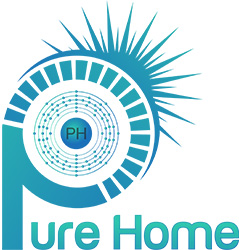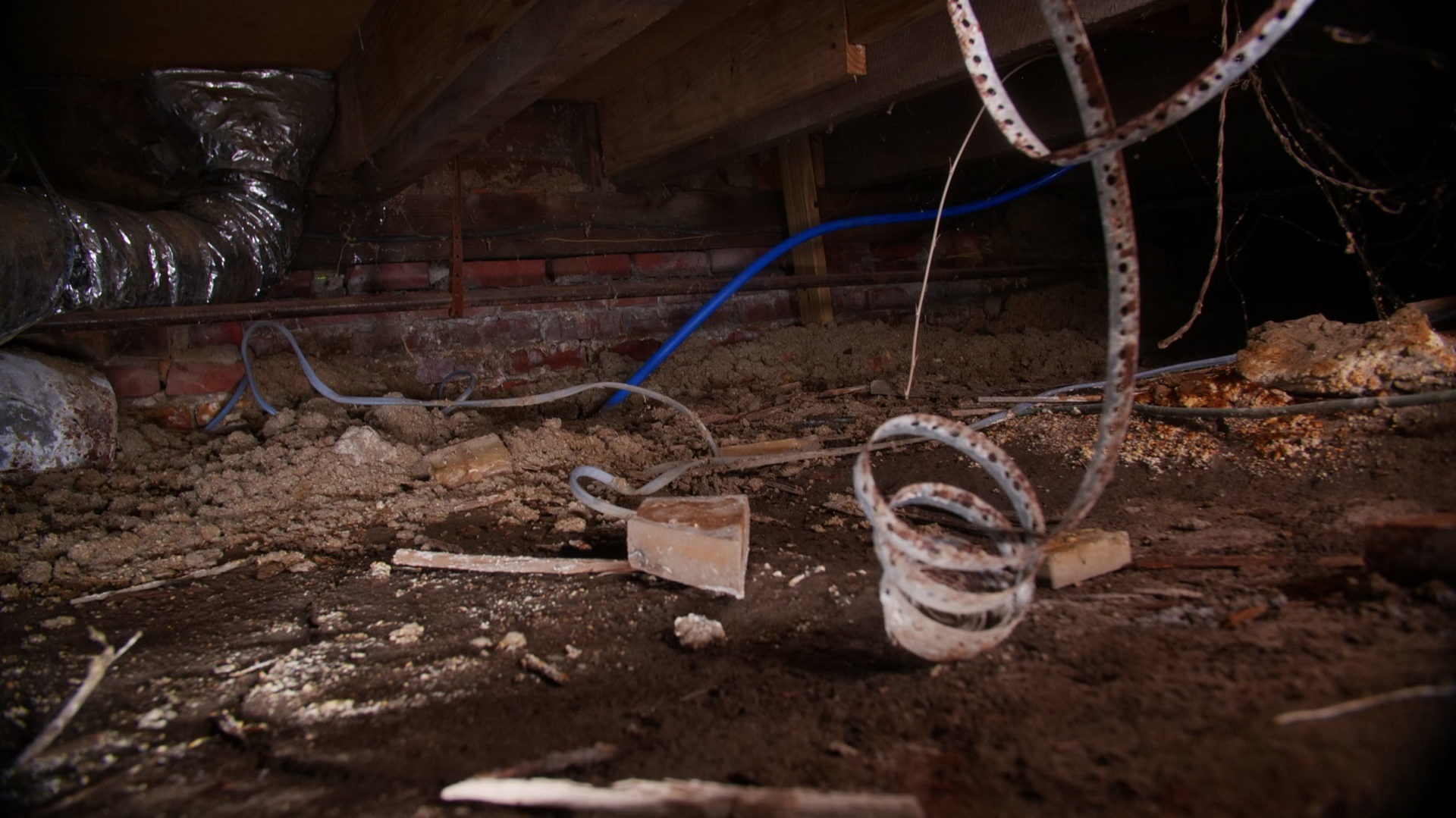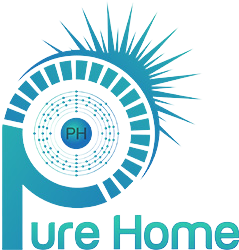How Dangerous is Black Mold Under Your House
Black mold under your house can be a serious health hazard and can also affect the structural integrity of your home.
This article will discuss what black mold is, where it can be found under houses, what causes it to grow, and how it spreads.
We will also explore the risks of having black mold under your house, including potential health problems and damage to your property.
Find tips on how to identify, remove, and prevent black mold under your house to ensure a safe and healthy living environment.
Key Takeaways:
- Black mold can cause health problems and affect the structural integrity of your house if left untreated.
- Signs and symptoms of black mold exposure include respiratory issues, skin irritation, and headaches.
- Preventing black mold growth requires proper moisture control and ventilation in your house.
What is Black Mold?
Black mold, scientifically known as Stachybotrys chartarum, is a toxic type of mold that can pose serious health risks and structural damage when present under houses.
Characterized by its dark green to black color and slimy texture, black mold thrives in damp, humid environments, such as leaky basements or areas with water damage. This type of mold releases mycotoxins into the air, which can cause respiratory issues, allergic reactions, and even neurological symptoms in sensitive individuals. It can grow on materials high in cellulose, such as drywall and wood, leading to decay and weakening of the structure if left untreated.
Where is Black Mold Found Under Houses?
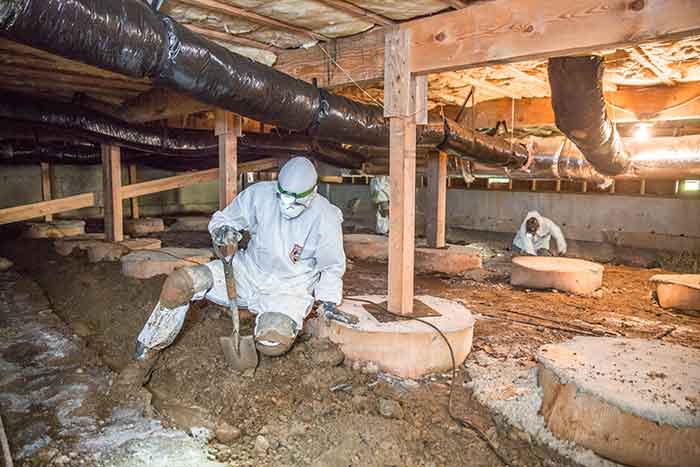
Black mold is one of many common crawl space problem, and can be found under houses in areas with high humidity levels, moisture accumulation, and poor ventilation, creating ideal conditions for its growth.
Typical locations where black mold thrives under houses include basements, crawl spaces, and attics. These areas tend to have restricted airflow, allowing moisture to linger and promote mold growth. In basements, the lack of natural light coupled with dampness from water leaks or flooding can make it a breeding ground for black mold. Crawl spaces, often dark and neglected, provide a damp environment that supports mold growth. Attics, with their tendency to trap heat and humidity, can also foster the development of black mold.
What Causes Black Mold to Grow Under Houses?
The growth of black mold under houses is primarily fueled by the presence of mold spores, excess moisture, and damp environments, providing the necessary conditions for its proliferation.
Black mold, scientifically known as Stachybotrys chartarum, thrives in dark, wet places with poor ventilation. Mold spores are microscopic particles that can easily spread through the air. When these spores land on moist surfaces, they can quickly grow and form colonies.
Moisture sources like leaky pipes, condensation, or floods create the perfect breeding ground for black mold. Without proper ventilation, the moisture trapped in crawl spaces or basements allows the mold to flourish.
How Does Black Mold Spread?
Black mold spreads through the release of airborne spores and mycotoxins, which can be carried by air currents, ventilation systems, and even pets, leading to widespread contamination.
This dissemination of black mold spores contributes significantly to its ability to propagate in indoor environments, as these tiny particles can remain suspended in the air for extended periods. The release of mycotoxins, which are toxic compounds produced by molds like black mold, poses health risks to individuals exposed to contaminated areas. Once airborne, these mycotoxins can easily infiltrate porous materials such as drywall, carpeting, and upholstery, exacerbating the contamination. The spread of black mold can be facilitated by the proliferation of moisture and dampness in buildings, creating ideal conditions for mold growth and furthering its presence.
What are the Risks of Having Black Mold Under Your House?
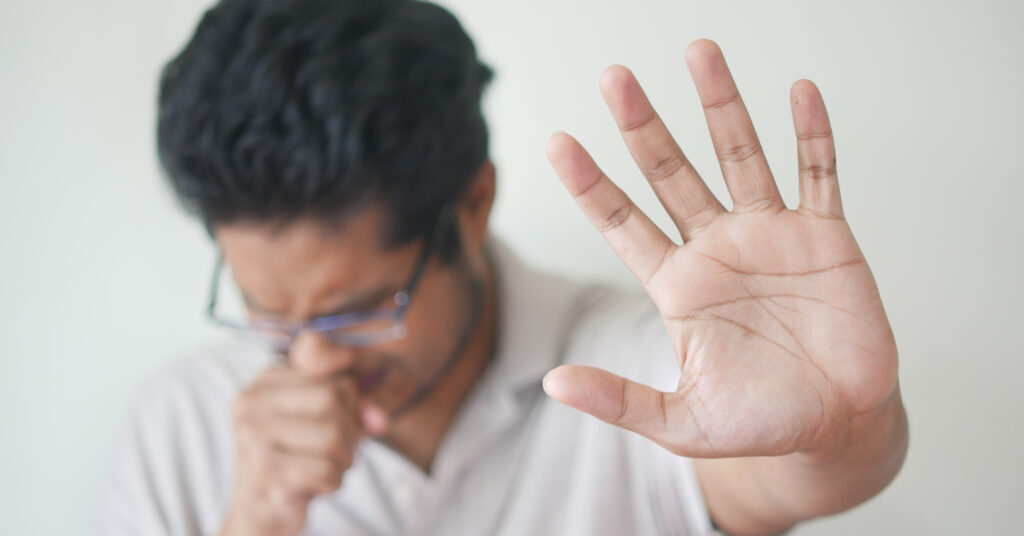
Having black mold under your house can pose significant risks, including health problems associated with respiratory issues, skin irritations, and fungal infections, as well as threats to the structural integrity of the building.
Exposure to black mold can exacerbate asthma and allergies, leading to serious respiratory ailments and symptoms like coughing, wheezing, and difficulty breathing. Prolonged contact with the mold can cause skin reactions such as rashes and itchiness. The presence of black mold in the structure of a building can weaken it over time, compromising its stability and safety. If left unchecked, the mold can spread rapidly, causing extensive damage and requiring costly repairs to restore the structural integrity of the property.
Can Black Mold Cause Health Problems?
Black mold exposure can lead to various health problems, including respiratory issues such as asthma and pneumonia, due to the inhalation of mold spores and mycotoxins.
When exposed to black mold, individuals may experience inflammation in the airways, triggering asthma symptoms such as wheezing, coughing, and shortness of breath. The presence of black mold in indoor environments can exacerbate existing respiratory conditions, leading to severe complications like pneumonia. The accumulation of mold spores in the respiratory system can weaken the lungs’ defense mechanisms, making individuals more susceptible to respiratory infections.
Can Black Mold Affect the Structural Integrity of Your House?
Black mold can compromise the structural integrity of your house over time, necessitating professional help for thorough remediation and restoration to prevent further damage.
When left unchecked, black mold can infiltrate walls, ceilings, and floors, weakening the vital structural components of your home. This can lead to significant problems such as rot, decay, and even structural collapse.
In such cases, it is crucial to seek the expertise of professionals who specialize in dealing with mold infestations. These experts have the necessary tools, knowledge, and experience to identify the extent of the damage, remove the mold safely, and restore your home to a safe and inhabitable condition.
How Can You Tell if You Have Black Mold Under Your House?
How do you know if your home has mold? Identifying black mold under your house can be determined by observing signs and symptoms such as musty odors, visible mold growth, and adverse reactions in individuals with weakened immune systems.
Musty odors are often the first indication of black mold presence, emanating from hidden corners or damp areas. The appearance of visible mold growth, usually black or greenish in color, can confirm suspicions.
Black mold can also cause respiratory issues, skin irritation, or even neurological symptoms, especially in those with compromised immune systems. This highlights the importance of prompt detection and removal to prevent further health risks. Staying vigilant for these signs and symptoms is crucial for maintaining a healthy living environment.
What are the Signs and Symptoms of Black Mold Exposure?
Signs and symptoms of black mold exposure may manifest as allergies, respiratory issues, skin irritations, and persistent coughing, indicating the need for prompt investigation and remediation.
Individuals exposed to black mold might experience a range of allergic reactions, such as sneezing, runny nose, itchy eyes, and skin rashes. Moreover, black mold exposure can lead to respiratory ailments like wheezing, shortness of breath, and chest tightness. Skin irritations such as redness, itching, or dermatitis can also be common signs of exposure. Persistent coughing, headaches, and fatigue can further indicate the presence of black mold in the environment, necessitating immediate action to address potential health risks.
How to Identify Black Mold Under Your House?
Identifying black mold under one’s house involves visual inspection, using mold spray for testing, and seeking professional assistance for accurate detection and remediation.
Visual examination is crucial in detecting black mold, as it often appears as slimy or powdery dark patches on damp surfaces. When conducting the inspection, pay attention to musty odors, as they can also indicate the presence of mold.
Utilizing mold sprays can help in confirming the type of mold present in your house. Follow the instructions on the product carefully and take necessary precautions such as wearing protective gear and ensuring proper ventilation.
It’s vital to note that while DIY methods can be useful, consulting with professionals is essential. Professionals have the expertise and equipment to accurately identify black mold and provide effective remediation solutions to ensure a safe environment for you and your family.
How to Remove Black Mold Under Your House?
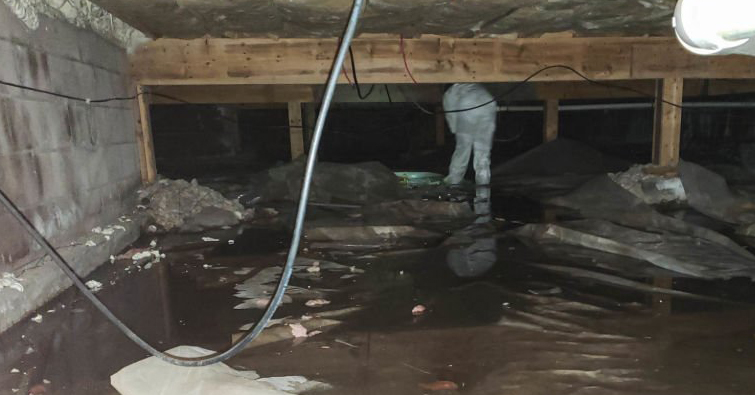
Removing black mold under the house requires professional help for safe and effective remediation, utilizing specialized techniques, equipment, and mold-resistant products to prevent recurrence.
Professional intervention is crucial when dealing with black mold to ensure thorough removal and to address the potential health hazards associated with exposure to mold spores. Certified professionals have the expertise to assess the extent of the infestation, identify the underlying causes of mold growth, and implement effective removal strategies.
Using the right remediation methods is essential in tackling black mold effectively. This involves not only removing visible mold but also addressing any hidden mold growth and moisture sources that contribute to its proliferation.
Can You Remove Black Mold Yourself?
While you can attempt to remove black mold yourself using mildew cleaners and protective gear, it is recommended to seek professional assistance for comprehensive and long-lasting eradication.
Black mold, also known as Stachybotrys chartarum, can be a persistent and hazardous issue in homes, especially in damp and poorly ventilated areas. DIY methods may provide temporary relief, but they might not address the root cause of the problem.
Professional mold remediation services can identify the extent of the infestation, ensure proper removal, and implement preventive measures to avoid future growth. Mold spores are microscopic and can spread rapidly, posing health risks. Professionals have the expertise and equipment to handle the process safely and effectively, safeguarding your home and health.
What Are the Steps for Safe and Effective Black Mold Removal?
Safe and effective black mold removal entails containment, disinfection, proper disposal, and mold restoration procedures to ensure thorough eradication and prevention of recontamination.
Containment is a crucial first step in the process, as it prevents the spread of black mold spores to other areas. This involves sealing off the affected area using plastic sheets and tape to create a barrier.
Once containment is in place, disinfection procedures can begin. Using appropriate disinfectants specifically designed for black mold removal, all contaminated surfaces must be thoroughly cleaned to kill any remaining mold spores.
Next, proper disposal of all contaminated materials is essential. This includes securely wrapping and sealing any affected items before removing them from the site to prevent further contamination.
The mold restoration process involves repairing any damaged surfaces and ensuring proper ventilation to prevent future mold growth.
How to Prevent Black Mold Growth Under Your House?
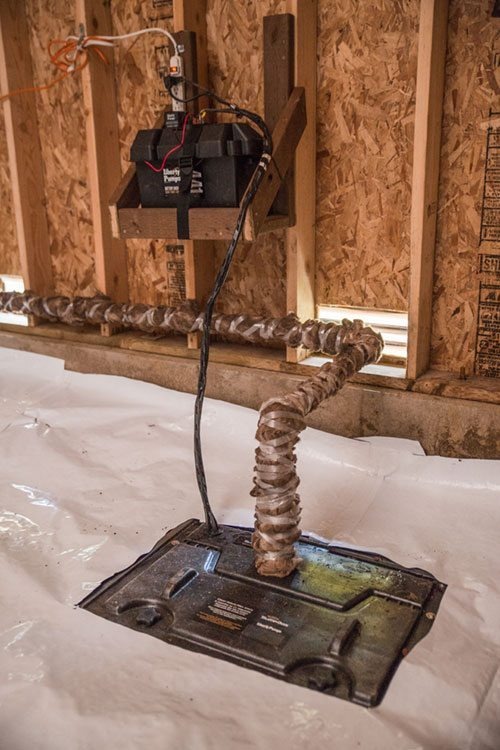
Preventing black mold growth under your house involves implementing best practices for moisture control, ventilation improvement, and regular maintenance to create an inhospitable environment for mold proliferation.
Ensuring proper drainage around the foundation, repairing any leaks promptly, and utilizing dehumidifiers in damp areas are crucial steps to prevent excess moisture accumulation.
- Inspecting and maintaining your home’s gutters and downspouts to ensure efficient water flow away from the foundation can also aid in moisture control.
- Installing and using exhaust fans in high-humidity areas like bathrooms and kitchens helps in maintaining proper indoor air circulation.
Implementing these preventative measures can significantly reduce the risk of black mold growth beneath your home.
What Are the Best Practices for Moisture Control?
Implementing best practices for moisture control includes fixing leaks promptly, maintaining proper humidity levels, and conducting regular inspections to prevent dampness and blood that can foster black mold growth.
Regular leak repairs are essential to prevent water intrusion, a key factor in creating favorable conditions for black mold growth. Humidity monitoring is crucial as high humidity levels create a breeding ground for black mold. Routine checks help to identify any potential sources of moisture, enabling prompt intervention to curb black mold proliferation. By integrating these measures, individuals can effectively combat the threat of black mold and safeguard their indoor environments from its harmful effects.
How to Properly Ventilate Your House to Prevent Black Mold Growth?
Proper ventilation of your house is crucial in preventing black mold growth, as it helps regulate indoor humidity levels, improve air circulation, and reduce the risk of fungal infections associated with mold exposure.
To enhance house ventilation effectively, consider installing exhaust fans in high-moisture areas like bathrooms and kitchens. Opening windows frequently to allow cross-ventilation can help expel stale air and bring in fresh outdoor air. Utilizing a dehumidifier can also assist in controlling indoor moisture levels, creating an environment less favorable for mold growth. Remember, maintaining proper ventilation not only safeguards your home from black mold but also contributes to overall indoor air quality and your family’s well-being.
Frequently Asked Questions about How Dangerous is Black Mold Under Your House?
What is black mold and why is it dangerous under your house?
Black mold is a type of fungus that can grow in damp and dark areas, such as under your house. It produces toxic substances called mycotoxins, which can cause serious health problems including respiratory issues, skin irritation, and even neurological problems.
How do I know if there is black mold under my house?
There are a few signs that may indicate the presence of black mold under your house. These include a musty smell, visible mold growth, and water damage or leaks. If you suspect you have black mold, it is important to have a professional inspection as soon as possible.
What are the risks of leaving black mold under your house untreated?
Leaving black mold untreated can lead to a variety of health risks, especially for those with respiratory conditions or weakened immune systems. It can also cause damage to your home’s structure and decrease its value. It is important to address black mold as soon as it is discovered.
Can I remove black mold under my house on my own?
It is not recommended to attempt to remove black mold on your own. This type of mold can be difficult to fully eradicate and improperly handling it can actually worsen the problem. It is best to hire a professional mold remediation service to ensure safe and effective removal.
How can I prevent black mold from growing under my house?
The key to preventing black mold under your house is to eliminate sources of moisture. This can include fixing any leaks, ensuring proper ventilation, and using a dehumidifier if necessary. Regular inspections and maintenance can also help catch any potential mold growth before it becomes a larger issue.
Is black mold covered by homeowner’s insurance?
It depends on the specific policy and circumstances. In general, if the mold growth is a result of a covered peril, such as a burst pipe, it may be covered. However, if the mold growth is due to neglect or lack of maintenance, it may not be covered. It is best to check with your insurance provider to understand your coverage.
